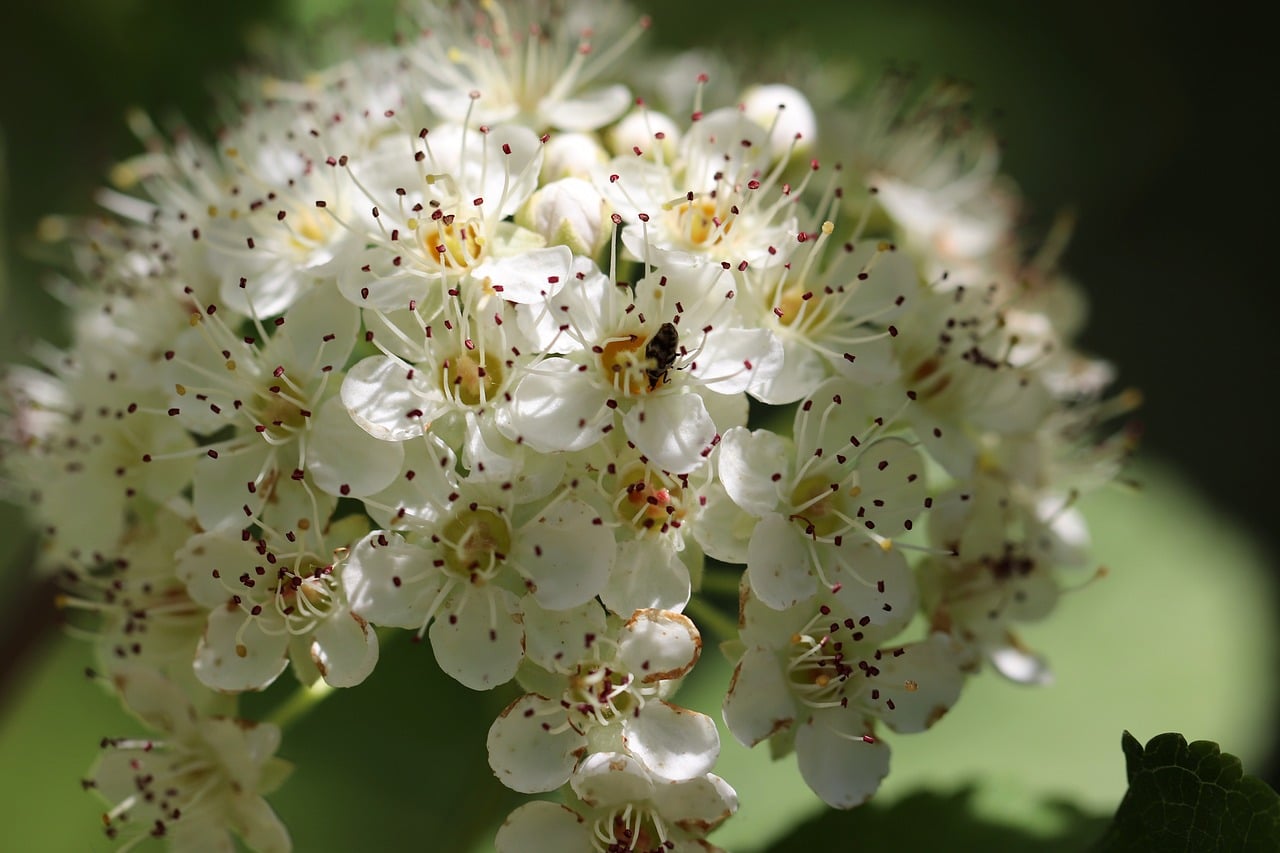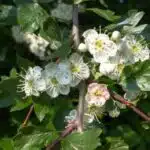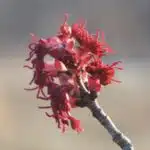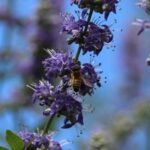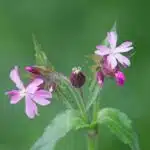When it comes to beautiful and beneficial flowers, hawthorn (Crataegus) definitely deserves a spot on the list. Hawthorn is a genus of shrubs and small trees in the rose family that is native to temperate regions of the Northern Hemisphere. Among the many species of hawthorn, one of the most commonly known is the English hawthorn (Crataegus laevigata), which is also known as the May tree due to its beautiful white and pink flowers that bloom in May. Hawthorn flowers have a long history of traditional use in various cultures around the world and are still used today for their medicinal properties. In this comprehensive guide, we’ll explore everything you need to know about the hawthorn flower, from its physical characteristics to its uses and benefits.
Physical Characteristics of Hawthorn Flower
Hawthorn flowers are small, delicate, and beautiful. They grow in clusters of five to twenty-five, and have five petals, five sepals, and numerous stamens. The flowers are typically white or pink and have a sweet, pleasant fragrance. Hawthorn flowers bloom in late spring to early summer, usually around May.
Types of Hawthorn Flowers
There are many different species of hawthorn, each with its own unique characteristics. Some of the most common species of hawthorn include:
- English hawthorn (Crataegus laevigata): This is one of the most commonly known species of hawthorn. It has pink or white flowers that bloom in May, and produces red berries in the fall.
- Midland hawthorn (Crataegus laevigata ‘Paul’s Scarlet’): This variety of English hawthorn has bright red flowers that bloom in May.
- Washington hawthorn (Crataegus phaenopyrum): This species of hawthorn has white flowers that bloom in May, and produces red berries in the fall. It is often used as an ornamental tree due to its attractive appearance.
- Cockspur hawthorn (Crataegus crus-galli): This species of hawthorn has white or pink flowers that bloom in May, and produces red berries in the fall. It is named after its sharp thorns, which can grow up to six inches long.
Traditional Uses of Hawthorn Flower
Hawthorn flowers have been used for their medicinal properties for centuries. In traditional Chinese medicine, hawthorn flowers are used to promote digestion and relieve stagnation. In Europe, hawthorn flowers have been used to treat heart conditions for hundreds of years. Hawthorn flowers were also used by Native Americans to treat digestive issues and promote heart health.
Health Benefits of Hawthorn Flower
Hawthorn flowers have many potential health benefits, including:
- Promoting heart health: Hawthorn flowers are known to improve blood flow to the heart and can help to lower blood pressure. This makes them a natural remedy for heart conditions such as angina, heart failure, and arrhythmias.
- Reducing anxiety: Hawthorn flowers have a calming effect on the nervous system and can help to reduce anxiety and stress.
- Supporting digestion: Hawthorn flowers can help to stimulate digestion and relieve digestive issues such as bloating, constipation, and nausea.
- Boosting immune function: Hawthorn flowers contain antioxidants and other compounds that can help to boost immune function and protect the body against disease.
How to Use Hawthorn Flower
There are several ways to use hawthorn flowers, including:
- Herbal tea: You can make tea from dried hawthorn flowers by steeping them in hot water for 10-15 minutes. This is a simple and effective way to enjoy the benefits of hawthorn flowers.
- Tincture: Hawthorn flowers can also be used to make a tincture, which is a concentrated liquid extract that can be added to water or other liquids. Hawthorn flower tinctures are widely available at health food stores and online.
- Supplements: Hawthorn flower supplements are also available in capsule or tablet form. These supplements are a convenient way to enjoy the benefits of hawthorn flowers without having to prepare teas or tinctures.
Potential Side Effects and Precautions
Hawthorn flowers are generally considered safe when consumed in moderation. However, like any herbal supplement, there are some potential side effects and precautions to be aware of. Some people may experience mild gastrointestinal symptoms such as nausea, vomiting, or diarrhea when consuming hawthorn flowers. In rare cases, hawthorn flowers can cause dizziness, headache, or palpitations. If you experience any of these symptoms, stop using hawthorn flowers and consult your healthcare provider.
It is also important to note that hawthorn flowers can interact with certain medications, including blood pressure medications, heart medications, and certain antidepressants. If you are taking any medications, consult your healthcare provider before using hawthorn flowers.
Hawthorn Flower in Literature
Hawthorn flowers have been used as a symbol in literature for centuries. In Greek mythology, the hawthorn tree was believed to be sacred to the goddess Artemis, who was the goddess of the hunt and the moon. In Celtic mythology, the hawthorn tree was associated with fertility and the goddess Elen. In Christian tradition, the hawthorn tree is often associated with the crown of thorns worn by Jesus during his crucifixion.
Hawthorn flowers have also been featured in many works of literature. One of the most famous examples is Nathaniel Hawthorne’s novel, “The Scarlet Letter,” in which the hawthorn tree is a symbol of sin and guilt. In William Shakespeare’s play “A Midsummer Night’s Dream,” the hawthorn tree is associated with fertility and romance.
Interesting Facts About Hawthorn Flower
- Hawthorn flowers are the national flower of Serbia.
- In traditional Irish folklore, it is considered bad luck to cut down a hawthorn tree.
- Hawthorn flowers are an important food source for many species of birds and insects.
- Hawthorn flowers are sometimes used in perfumes and cosmetics due to their sweet fragrance.
- Hawthorn flowers have been used to make wine and liqueurs in some parts of Europe.
hawthorn flower meaning
Hawthorn flowers have been used as a symbol in various cultures throughout history. The hawthorn tree itself has been associated with many different meanings, including protection, purity, and fertility. In some cultures, the hawthorn tree is believed to have magical properties and is used in various spells and rituals.
In traditional Chinese medicine, hawthorn flowers are associated with the spleen and stomach meridians, and are believed to promote digestion and relieve stagnation. In Europe, hawthorn flowers have been associated with heart health for hundreds of years, and were traditionally used to treat heart conditions such as angina and heart failure.
In literature, hawthorn flowers have also been used as a symbol of various themes and concepts. In Nathaniel Hawthorne’s novel “The Scarlet Letter,” the hawthorn tree represents sin and guilt. In William Shakespeare’s play “A Midsummer Night’s Dream,” the hawthorn tree is associated with fertility and romance.
Overall, the meaning of hawthorn flowers varies depending on the culture, tradition, or context in which they are used. However, their beauty and potential health benefits make them a popular and highly regarded flower.
Conclusion
Hawthorn flowers are not only beautiful, but they also offer a wide range of potential health benefits. From promoting heart health to reducing anxiety and boosting immune function, hawthorn flowers have been used for centuries for their medicinal properties. Whether consumed as a tea, tincture, or supplement, hawthorn flowers are a natural and effective way to support overall health and well-being. So the next time you come across a hawthorn tree in bloom, take a moment to appreciate its beauty and potential benefits.

